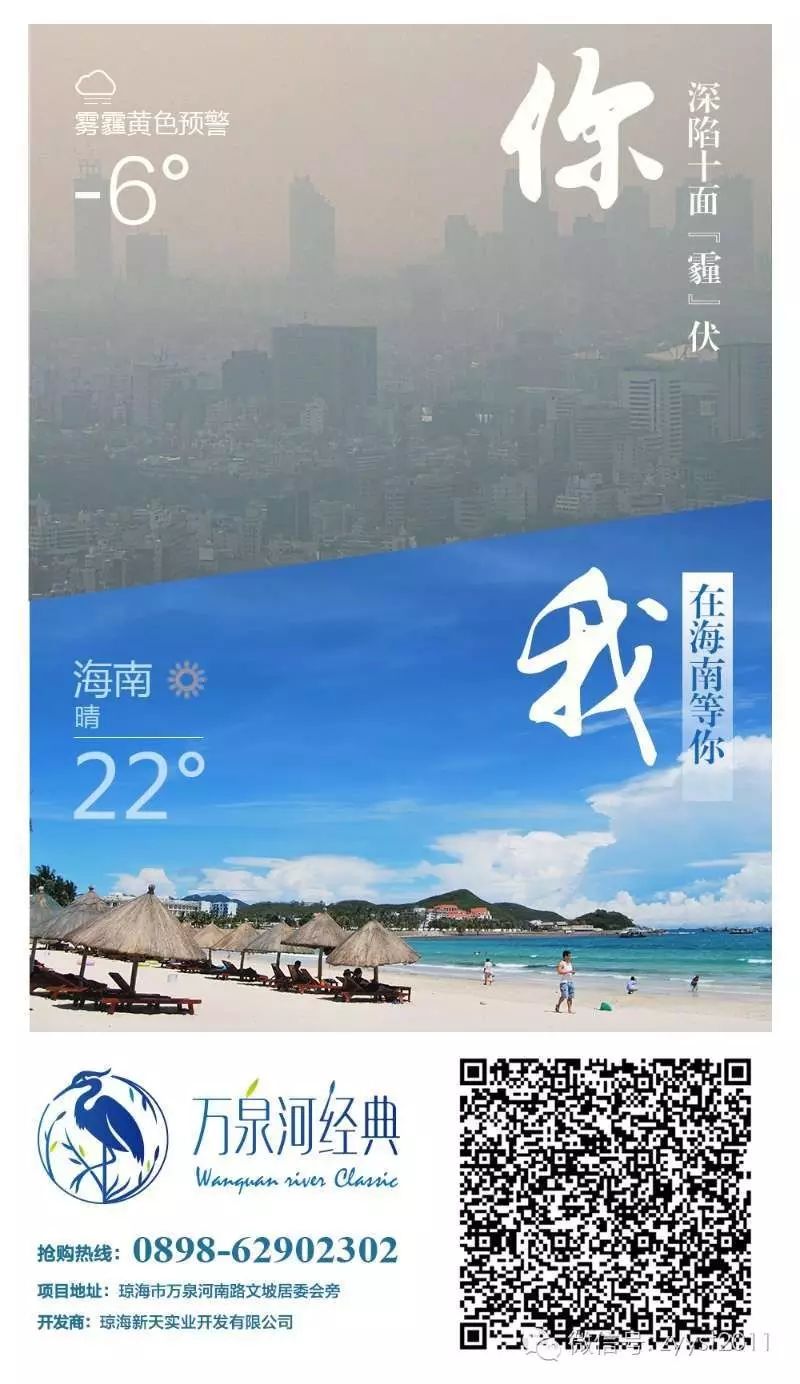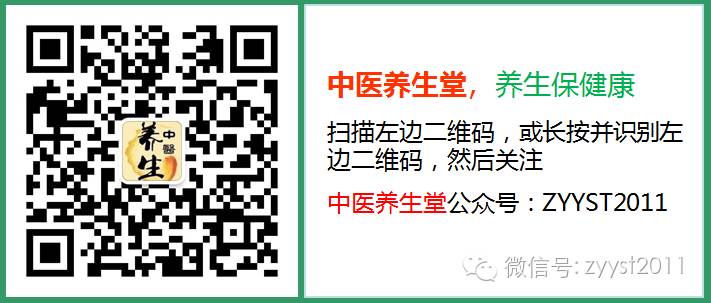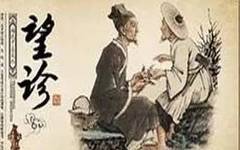
【Service Reminder: To publish more health and wellness information daily and respond promptly to health and wellness inquiries, please add the personal WeChat ID of the TCM Health Hall Master: yskf101.
Pulse diagnosis has a long history in China, being a summary of the experiences of ancient medical practitioners over time.
According to the Records of the Grand Historian, the famous physician Bian Que from the Spring and Autumn period was particularly renowned for his skills in observation, auscultation, inquiry, and especially pulse diagnosis. To effectively treat diseases, a correct diagnosis must first be established.
Modern medicine utilizes various scientific technologies for disease diagnosis. However, in ancient times, physicians primarily relied on methods such as visual observation, verbal inquiry, auditory assessment, olfactory examination, and tactile examination.
This was a common practice in many ancient countries, each with its own rich experiences. The pulse diagnosis used in ancient Chinese medicine is a unique diagnostic method.
Pulse diagnosis, also known as qie mai (切脉), is one of the four diagnostic methods in TCM (observation, auscultation, inquiry, and pulse diagnosis) and serves as an essential objective basis for syndrome differentiation and treatment.
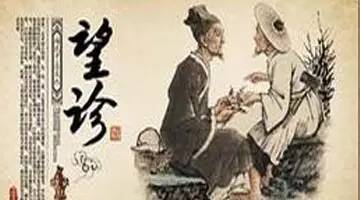
Observation
In simple terms, observation includes general observation and tongue diagnosis. General observation encompasses observing the spirit, color, and shape, while tongue diagnosis involves examining the tongue body and tongue coating.
Observation begins with assessing the spirit. The spirit reflects the life activities of the body, such as clarity of consciousness, clear speech, bright eyes, and quick responses, which indicate health or mild illness.
If the spirit is dull, expression is apathetic, eyes are dim, responses are slow, or consciousness is unclear, it is termed as lacking spirit, indicating a more severe condition. By observing the spirit, one can estimate the patient’s condition and prognosis.
Color assessment primarily involves observing the facial color and luster. Different colors can indicate the state of qi and blood as well as the progression of diseases.
In a healthy Chinese person, the complexion is slightly yellow and rosy. Abnormal colors are termed as pathological colors, commonly seen as:
White indicates deficiency, cold, or blood loss;
Yellow indicates deficiency or dampness;
Green indicates cold, stasis, pain, or pediatric convulsions; red indicates heat;
Black indicates kidney deficiency.
Shape observation refers to assessing the body shape and movements. For example, a person who is overweight but eats little may have spleen deficiency with phlegm. A thin person who is always hungry may have excess fire in the stomach. Lying down and preferring stillness often indicates a cold syndrome, while restlessness and a preference for movement often indicate a heat syndrome. Mouth open and shoulders raised, unable to lie flat indicates asthma; stiffness in the neck and back with arching of the back indicates convulsions; prolonged illness with a tendency to touch clothing or bed indicates a critical condition.
Tongue diagnosis is a unique method accumulated through long-term practice in TCM, where the tongue’s appearance can accurately and timely reflect the physiological and pathological state of the body. It mainly involves observing the tongue body and tongue coating. The tongue coating is the substance attached to the tongue surface, while the tongue body reflects the condition of the five organs. The tongue coating can indicate the depth of external pathogens invading the body. A normal tongue is pale red with a thin white coating.
If the tongue body is pale, it indicates deficiency and cold; a red tongue indicates heat; a purple tongue indicates blood stasis; a white coating indicates exterior cold syndrome; a yellow coating indicates interior heat syndrome; a thick yellow coating indicates damp-heat or phlegm-heat; a thin coating indicates a mild condition, while a thick coating indicates a severe condition. If the tongue coating thickens, it indicates disease progression; if it thins, it indicates recovery.
TCM experience holds that the five organs open to the five senses, and the five senses correspond to the five organs. By observing the five senses, one can understand certain internal organ changes. Proficient use of observation allows for quick and accurate diagnosis of diseases, hence the saying in TCM, “to know by observation is called spirit.”
Auscultation
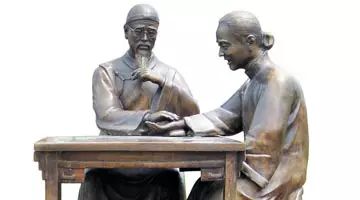
Auscultation includes listening to sounds and smelling odors. For instance, if a patient’s voice is weak and low, it often indicates a deficiency syndrome; a loud voice with restlessness indicates an excess syndrome. Wheezing with coarse breathing and phlegm sounds in the throat indicates asthma; a dry cough without phlegm indicates lung dryness; a weak cough indicates lung deficiency.
Bad breath often indicates stomach heat; sour breath indicates retained food; foul-smelling stools indicate heat syndrome; fishy odor indicates cold syndrome; foul-smelling or turbid urine often indicates damp-heat; foul-smelling leukorrhea indicates damp-heat, with a large volume and fishy odor indicating deficiency-cold.
Inquiry

Inquiry covers a wide range of topics and is an important means of obtaining disease information. Many renowned TCM practitioners place great emphasis on inquiry. Inquiry includes asking about general conditions, lifestyle history, family medical history, past illnesses, onset of the current illness, and current symptoms.
During the Ming Dynasty, Zhang Jingyue compiled a song of ten inquiries:
“First ask about cold and heat, second ask about sweating, third ask about head and body, fourth ask about bowel movements, fifth ask about diet, sixth ask about the chest, seventh ask about hearing, eighth ask about the throat, ninth ask about past illnesses, tenth ask about causes. Additionally, inquire about eye medications, especially for women, ask about menstrual cycles, delays, and irregularities, and add a few words for pediatrics, covering smallpox and measles.” This summarizes the necessary inquiries.
Pulse Diagnosis
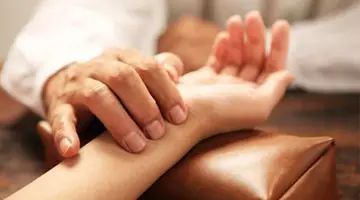
Pulse diagnosis is the most common and has even become a characteristic image of TCM. Through pulse diagnosis, TCM can also understand the overall condition of qi and blood.
During the Qing Dynasty, Jiang Bihua wrote a pulse diagnosis song:
“For patients, check both wrists; the high bone indicates the joints. Measure the pulse at the wrist, the pulse at the elbow is accurate. The left wrist corresponds to the heart and pericardium; the left pulse indicates the gallbladder and liver; the left pulse indicates the bladder and kidney. The right wrist corresponds to the lung and chest; the stomach and spleen belong to the right pulse. To know the large intestine and kidney, the right pulse is clear.”
During the Ming Dynasty, Li Shizhen authored the Pulse Studies of Binhai, detailing twenty-seven pulse types and their associated diseases. However, pulse patterns are subtle and difficult to discern; while it may be easy to understand in theory, it is challenging to identify in practice. A slight error can lead to significant misjudgments, hence the saying, “to know by pulse diagnosis is called skill.” It is not easy for beginners to master, but with time and experience, one will gain insights.
In summary, the four diagnostic methods each have their unique roles and complement each other. To make a comprehensive and accurate judgment of diseases, one must integrate the four methods, combining them organically for joint application.
Some believe that TCM diagnosis is merely about pulse and tongue examination, which is an incomplete view. TCM combines the information gathered from the four diagnostic methods with theoretical knowledge and clinical experience to draw conclusions. However, diseases are complex processes, and symptoms and signs can be intricate, sometimes even presenting false appearances.
For example: “A large excess may appear weak; a true deficiency may seem excessive.” “True cold may appear hot; true heat may appear cold.” This requires physicians to think critically, analyze objectively, and carefully differentiate, either “abandoning pulse for symptoms” or “abandoning symptoms for pulse,” grasping the essence of the disease through its manifestations to achieve accurate judgments, leading to better treatment outcomes.
TCM health practices determine your and your family’s fate; it is all in your hands! Health is a responsibility!
TCM suggests: Even if it is just one day a week or a month, take time to learn about TCM health preservation knowledge. Self-care and family care are better choices and reflect a responsible attitude.
